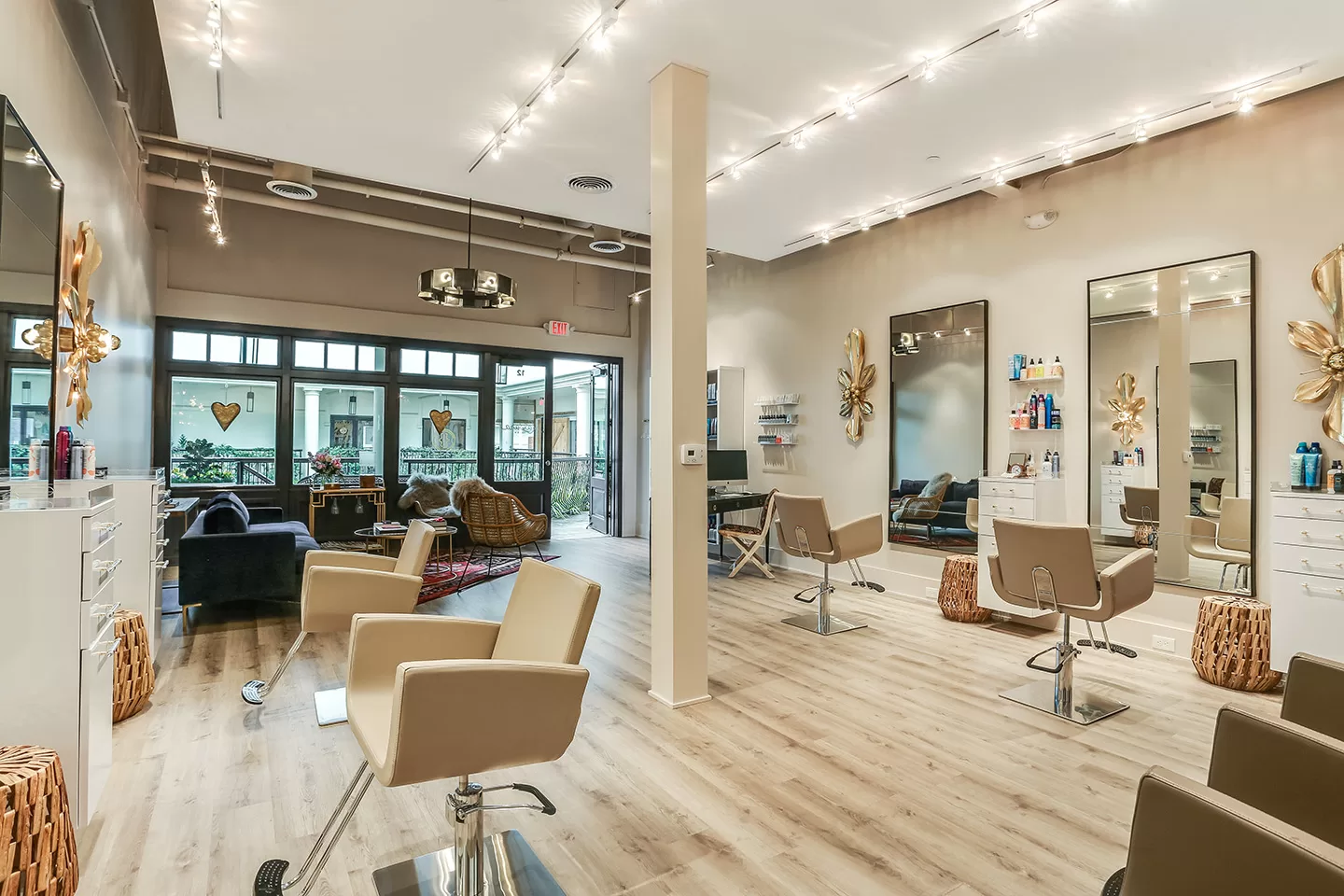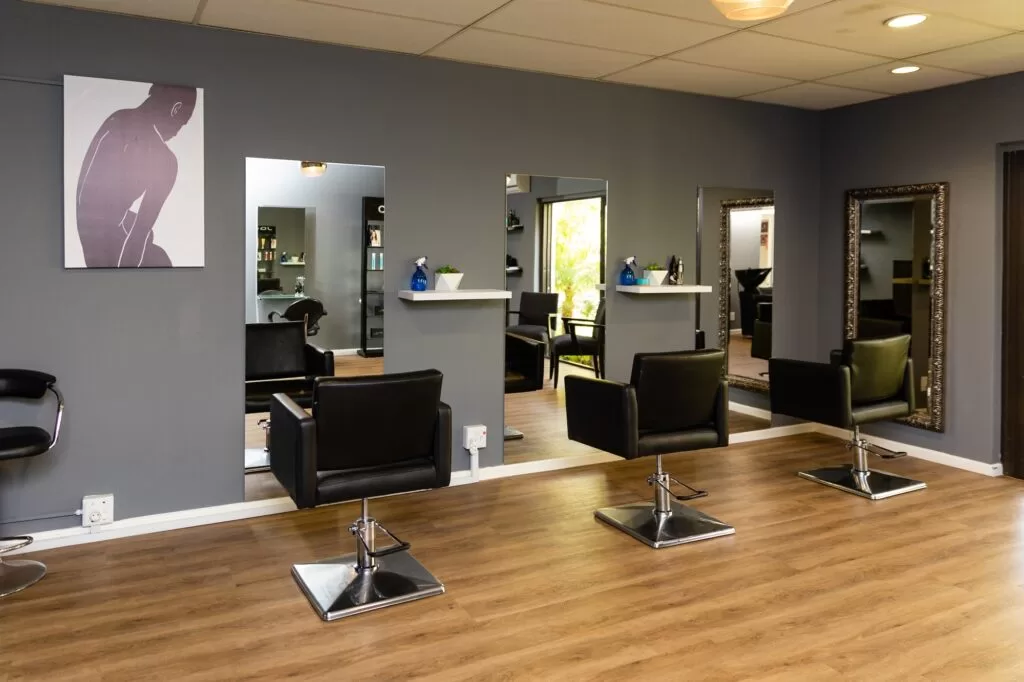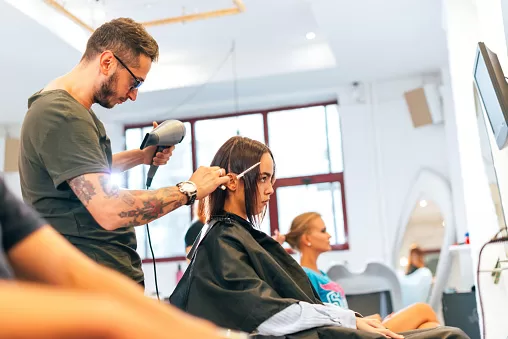Introduction
Salon Care Developer and Ion Color Brilliance are two popular hair care products that are known for their ability to deliver vibrant and long-lasting hair color. When it comes to achieving the best results, it is important to use the right developer and hair color. In this article, we will explore the different types of Salon Care Developer and Ion Color Brilliance, how to choose the right one for your hair type, and provide step-by-step instructions on how to mix and apply the products for optimal results.
Understanding the Different Types of Salon Care Developer and Ion Color Brilliance
Salon Care Developer comes in different volumes, such as 10, 20, 30, and 40. The volume refers to the strength of the developer and determines the level of lift or deposit it can achieve. A 10 volume developer is the weakest and is used for depositing color without lifting the natural hair color. It is ideal for toning or darkening the hair. A 20 volume developer is commonly used for gray coverage and lightening the hair by one to two levels. A 30 volume developer is used for lightening the hair by two to three levels, while a 40 volume developer is used for maximum lift, lightening the hair by three to four levels.
Ion Color Brilliance offers a wide range of hair colors, including permanent, semi-permanent, and demi-permanent options. Permanent hair color provides long-lasting results and is ideal for covering gray hair or achieving a dramatic color change. Semi-permanent hair color is less damaging and fades gradually over time. It is great for adding temporary color or enhancing natural hair color. Demi-permanent hair color is a blend of permanent and semi-permanent color. It provides more coverage than semi-permanent color and fades gradually over time.
Choosing the Right Developer and Ion Color Brilliance for Your Hair Type
When selecting the right developer and hair color, it is important to consider your hair type and the desired result. If you have fine or damaged hair, it is recommended to use a lower volume developer to minimize damage. On the other hand, if you have thick or resistant hair, a higher volume developer may be necessary to achieve the desired lift. Additionally, consider the undertones of your natural hair color and choose a hair color that complements or enhances those undertones.
Before coloring your entire head, it is crucial to perform a strand test. This involves applying the mixture to a small section of hair and monitoring the color development. This will help you determine the processing time needed to achieve your desired result and ensure that you are satisfied with the color outcome. It is also important to consider the condition of your hair before coloring. If your hair is damaged or over-processed, it is recommended to consult with a professional stylist before attempting to color your hair at home.
Preparing Your Hair for the Mixing Process
Before mixing the developer and hair color, it is important to prepare your hair. Start by washing your hair with a clarifying shampoo to remove any product buildup or residue. This will help the color penetrate the hair more effectively. After washing, make sure to thoroughly dry your hair. Wet or damp hair can dilute the color and affect the final result.
It is also important to protect your skin and clothing during the coloring process. Apply a thin layer of petroleum jelly or a barrier cream along your hairline, ears, and neck to prevent the color from staining your skin. Wear an old shirt or use a hair coloring cape to protect your clothing from any accidental spills or drips.
How to Mix Salon Care Developer with Ion Color Brilliance
To mix the Salon Care Developer with Ion Color Brilliance, follow these step-by-step instructions:
1. Put on a pair of disposable gloves to protect your hands.
2. In a non-metallic bowl, pour the desired amount of Ion Color Brilliance hair color.
3. Add an equal amount of Salon Care Developer to the bowl. The ratio of hair color to developer is typically 1:1, but be sure to check the instructions on the hair color packaging for specific guidelines.
4. Use a tint brush or a color applicator bottle to mix the hair color and developer together until they are well combined. Make sure there are no lumps or streaks in the mixture.
5. Let the mixture sit for a few minutes to allow the color to fully develop.
The Importance of Measuring Your Developer and Ion Color Brilliance
Measuring the developer and hair color accurately is crucial for achieving the desired hair color. Using too much or too little developer can affect the color outcome and may result in uneven or patchy color. It is recommended to use a measuring cup or a scale to ensure precise measurements.
When measuring the developer, pour it into a measuring cup and check the volume level. Make sure to use the correct volume of developer based on your desired lift or deposit. When measuring the hair color, use a scale to weigh the desired amount. This will help you achieve consistent results and avoid any color discrepancies.
Tips for Achieving Your Desired Hair Color
If you are aiming for a specific hair color, such as blonde, red, or brunette, there are a few tips to keep in mind. For blonde hair, it is important to choose the right shade of hair color and developer to achieve the desired level of lift. If you have dark hair and want to go blonde, it may require multiple sessions or a higher volume developer to achieve the desired result. For red hair, consider your skin tone and choose a shade that complements it. For brunette hair, consider adding highlights or lowlights to create dimension and depth.
To achieve even color distribution, make sure to apply the mixture to your hair in sections. Start at the roots and work your way down to the ends, making sure to saturate each section evenly. Use a comb or a color brush to distribute the color and ensure that it is evenly applied. This will help prevent any missed spots or uneven color.
Applying the Mixture to Your Hair
To apply the mixture to your hair, follow these step-by-step instructions:
1. Divide your hair into sections using clips or hair ties.
2. Starting at the roots, apply the mixture to each section using a tint brush or a color applicator bottle.
3. Use a comb or a color brush to distribute the color evenly from roots to ends.
4. Continue applying the mixture to each section until all of your hair is covered.
5. Once all of your hair is covered, use your gloved hands to massage the color into your hair, ensuring that it is evenly distributed.
6. Leave the color on your hair for the recommended processing time.
How Long to Leave the Mixture on Your Hair
The processing time will vary depending on the desired result and your hair type. It is important to follow the instructions on the hair color packaging for specific guidelines. Leaving the color on for too long can result in over-processing and damage to the hair. On the other hand, not leaving the color on for long enough may result in under-processing and a less vibrant color.
If you are unsure of the processing time, it is recommended to start with a shorter time and gradually increase it if needed. Keep in mind that the color will continue to develop even after rinsing, so it is better to err on the side of caution and check the color periodically during the processing time.
Aftercare for Your Newly Colored Hair
After coloring your hair, it is important to take proper care of it to maintain the color and keep your hair healthy. Here are some tips for aftercare:
1. Use a color-safe shampoo and conditioner to help preserve the color and prevent fading. Look for products specifically formulated for color-treated hair.
2. Avoid washing your hair too frequently, as this can strip the color and cause it to fade faster. Aim to wash your hair every two to three days.
3. Use a deep conditioning treatment once a week to keep your hair hydrated and nourished.
4. Protect your hair from heat styling tools by using a heat protectant spray before styling.
5. Limit your exposure to the sun, as UV rays can fade the color. If you are going to be in the sun for an extended period of time, wear a hat or use a UV protectant spray.
Conclusion
In conclusion, using the right developer and hair color is essential for achieving the best hair color results. Salon Care Developer and Ion Color Brilliance offer a wide range of options to suit different hair types and desired outcomes. By understanding the different types of developer and hair color, choosing the right one for your hair type, and following the proper mixing and application techniques, you can achieve vibrant and long-lasting hair color. Remember to perform a strand test before coloring your entire head and to take proper care of your newly colored hair to maintain the color and keep your hair healthy. So go ahead and give Salon Care Developer and Ion Color Brilliance a try for your next hair color adventure!
If you’re wondering whether you can use Salon Care Developer with Ion Color Brilliance, you’ll find the answer in this informative article from Salon Sai. The article explores the compatibility of these two popular hair care products and provides valuable insights for salon professionals and DIY hair enthusiasts alike. Check it out here to discover the best practices for achieving stunning hair color results.









